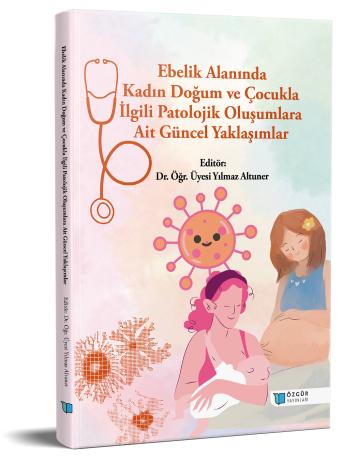
Uterine Cancer
Chapter from the book:
Altuner,
Y.
(ed.)
2025.
Current Approaches to Pathological Formations Related to Obstetrics and Child in The Field of Midwifery.
Synopsis
Uterine cancer, particularly endometrial cancer, is one of the most common gynecologic malignancies among women. The most frequent histological type is endometrioid adenocarcinoma. Uterine cancers are classified into Type 1 and Type 2 based on their histopathological and molecular features. While Type 1 cancers are generally less aggressive and estrogen-dependent, Type 2 cancers—such as serous and clear cell carcinomas—tend to progress rapidly and have poorer prognoses. Major risk factors include obesity, hormonal imbalances, older age, prolonged exposure to estrogen, and genetic predisposition. Diagnosis typically involves endometrial biopsy, ultrasound, CT, and MRI imaging. Abnormal vaginal bleeding, especially after menopause, is the most common symptom. Treatment usually begins with surgery (hysterectomy) and may include chemotherapy, radiotherapy, and hormone therapy depending on the stage. Early diagnosis significantly improves treatment outcomes. Preventive measures include managing modifiable risk factors, regular screenings, cautious use of hormone therapies, and genetic counseling. In high-risk individuals, particularly those with Lynch syndrome, prophylactic surgery (including hysterectomy and oophorectomy) may be recommended. Maintaining emotional resilience and reducing stress are also important aspects of coping with the disease.

